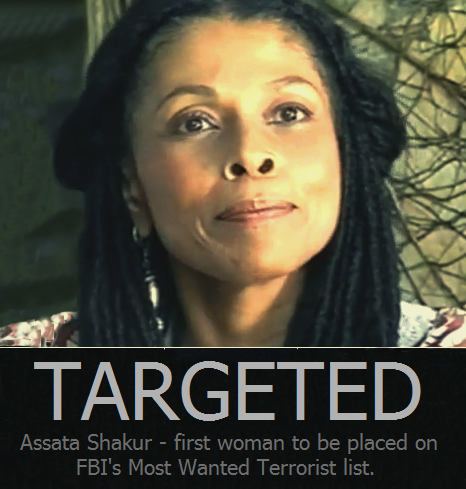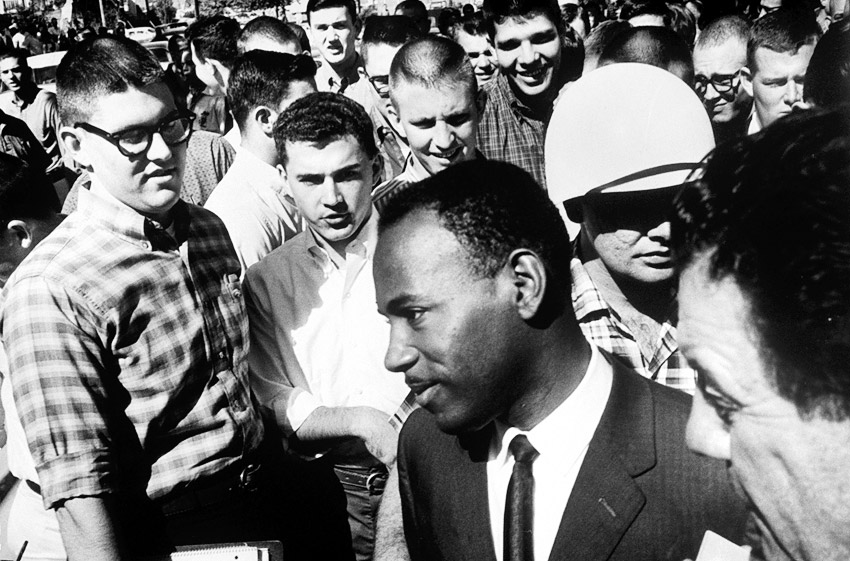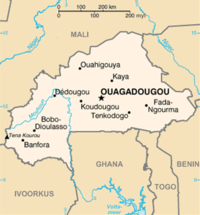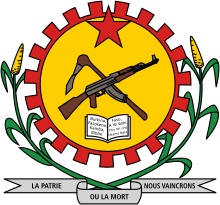Tula (executed October 3, 1795) was a slave on
Curaçao and a leader of a 1795 slave revolt that convulsed the island for more than a month. He is revered on Curaçao today as a fighter for human rights and independence.
Contents
[
hide]
The revolt[edit]
Bandabou had between 4,000 and 5,000 inhabitants in 1795, mostly enslaved. Tula had been preparing the insurrection for some weeks. On the morning of August 17, 1795, at the Knip plantation of Caspar Lodewijk van Uytrecht at Bandabou, Curaçao, Tula led an uprising of 40 to 50 slaves. The enslaved met on the square of the plantation and informed van Uytrecht they would no longer work for him. He told them to present their complaints to the lieutenant governor at Fort Amsterdam. They left and went from Knip to Lagun, where they freed 22 slaves from jail.
From Lagun, the rebels went to the sugar plantation of Saint Kruis, where they were joined by more rebels under Bastian Karpata. Tula then led the escaped slaves from farm to farm, freeing more slaves.
The slave owners had now retreated to the city, leaving their plantations unprotected. At the same time, a confederate French slave, Louis Mercier, led another group of freed slaves to Saint Kruis, where he took the commandant, van der Grijp, and ten of his mulattos prisoner. Mercier also attacked Knip, where he freed more slaves and took some weapons. He then rejoined Tula, locating him by following the trail of destruction Tula had left behind.
The Response[edit]
Van Uytrecht in the meantime had sent his son on horseback with a note to the governor, and at 7 p.m., the council met to prepare a defense of the colony. Governor Johannes de Veer ordered Commander Wierts of the navy ship
Medea, which was in port at the time, to defend Fort Amsterdam. Sixty-seven men, both white and black, under the command of Lieutenant R.G. Plegher were sent against the rebels. They went by boat to Boca San Michiel from
Willemstad, and from there on foot to Portomari, where Tula and his followers were camping. When the Dutch military arrived there on August 19, they attacked Tula's group, but were defeated.
At the plantation of Fontein, Pedro Wakao killed the Dutch owner, Sabel, who became the first white victim of the rebellion. Wakao also found more weapons at Fontein.
The governor was notified of Plegher's defeat, and the rebellion was now considered a serious threat to the white community. The governor and the slave owners had raised a force of 60 well-armed horsemen under the command of Captain Baron van Westerholt to renew the attack. Westerholt had orders to offer leniency to the rebels if they would surrender. Among this party was
Jacobus Schink, a Franciscan priest who served as negotiator and attempted to prevent bloodshed.
Tula was aware of the revolution that had resulted in freedom for the enslaved in Haiti. Tula argued that, since the Netherlands were now captured by the French, they should get their freedom as well. The three demands of Tula were: an end to collective punishment, an end to labor on Sunday and the freedom to buy clothes and goods from others than their own masters. There were two attempts at negotiating with the enslaved. The first one carried out by Father Schink. When Father Schink spoke with Tula, he refused to accept anything less than freedom. Schink reported back to Baron Westerholt, the latter decided to get more reinforcements and attack. He attempted a last negotiation, but when he was turned down by the rebels, he ordered that any slave with a weapon be shot. In the ensuing fight, the rebels were defeated. Ten to twenty of them were killed, and the rest escaped.
The Consequences[edit]
The rebels began a
guerrilla campaign, poisoning wells and stealing food. On September 19, Tula and Karpata were betrayed by a slave. They were taken prisoner, and the war was effectively over. (Louis Mercier had already been caught at Knip.) After Tula was captured, he was publicly tortured to death on October 3, 1795, almost seven weeks after the revolt began. Karpata, Louis Mercier and Pedro Wakao were also executed. In addition, many slaves had been massacred in the earlier repression. After the revolt had been crushed the Curaçao government formulated rules that defined the rights of slaves on the island.
At the height of the insurrection, there were probably 1,000 rebels. August 17 is still celebrated in Curaçao to commemorate the beginning of a long fight for freedom. When slavery was finally abolished on the island in 1863, there were fewer than 7,000 slaves. There is a monument to Tula and the rebel slaves on the south coast of Curaçao, near the Holiday Beach Hotel. This is the site where Tula was executed.













